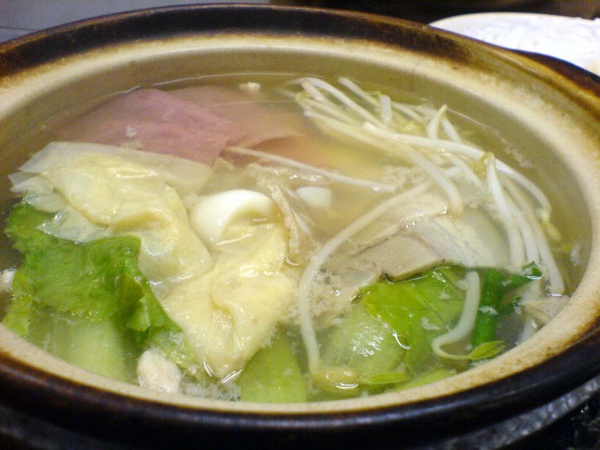Facts About Crossing the bridge noodles
Crossing-the-bridge noodles is a beloved rice noodle soup originating from China's Yunnan province. This dish boasts a rich history stretching back over a century and was honored as an intangible cultural heritage of Kunming city in 2008.
At its core, the soup features a hot, flavorful broth made from chicken, pork bones, and a blend of seasonings like Chinese star anise and ginger. To keep the soup warm, a layer of chicken fat is added on top. The unique twist? The soup ingredients—raw vegetables, meats, and rice noodles—are served separately and only added to the broth just before eating.
The dish's charming name comes from a heartwarming story. Legend has it that a scholar's wife used an insulated earthen pot to keep the soup warm while crossing a bridge to bring him the ingredients. While various tales exist about the origin of the name, most revolve around the idea of transferring ingredients between containers, much like crossing a bridge.
There are many varieties of Crossing-the-bridge noodles, with rice being the staple ingredient. Depending on the region, you'll find different production methods and taste preferences, such as "dry paste" or "sour paste" noodles. Over the years, new versions like "water-washed rice noodles" and "purple rice noodles" have also become popular.
This dish has notably influenced eating habits, especially for breakfast. In street markets, you can find quick versions of Crossing-the-bridge noodles, while franchised restaurants offer more elaborate versions. Prices can vary based on the ingredients used.
Traditional ingredients include raw quail eggs, turkey slices, chicken slices, and colorful vegetables. Typically, attendants will add these ingredients to the hot soup in a specific order before serving it to you. You can also tweak the flavors to your liking with oil, chili, vinegar, and soy sauce.
